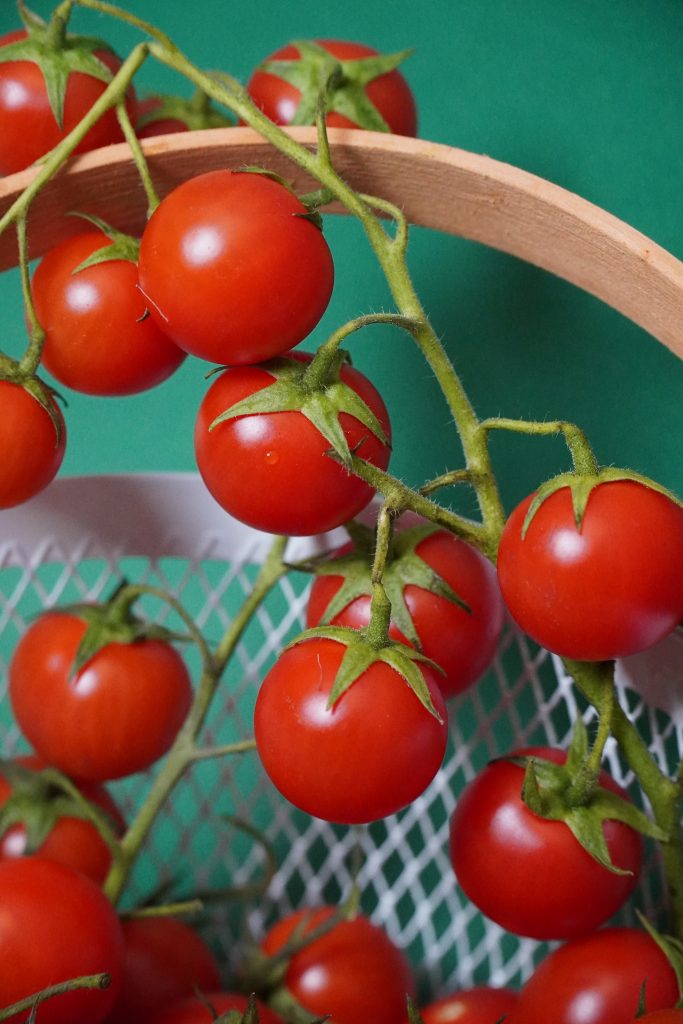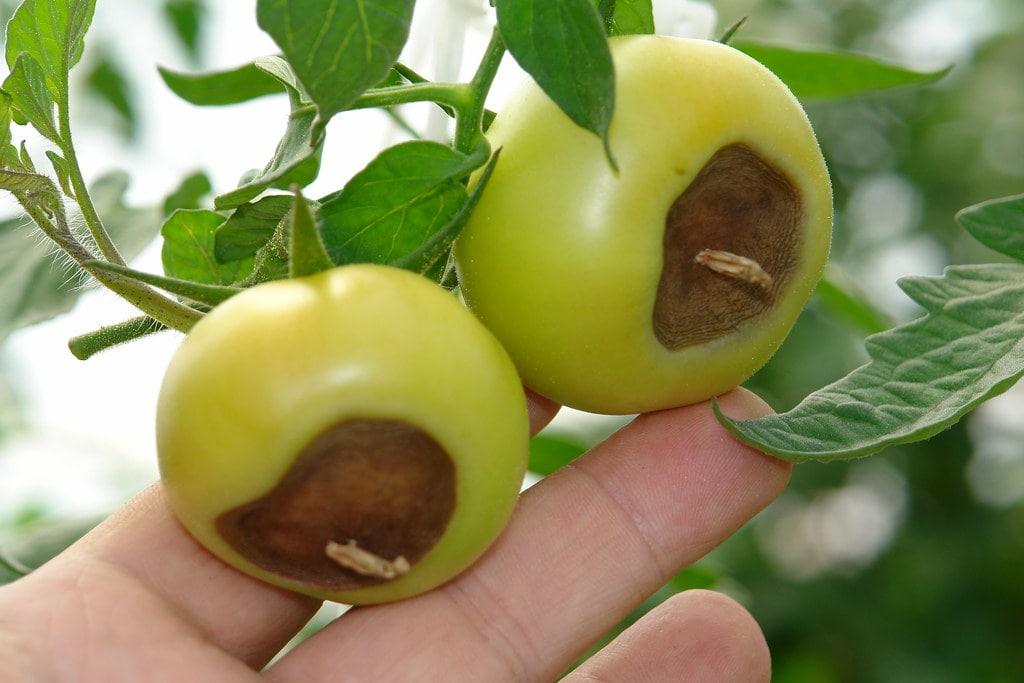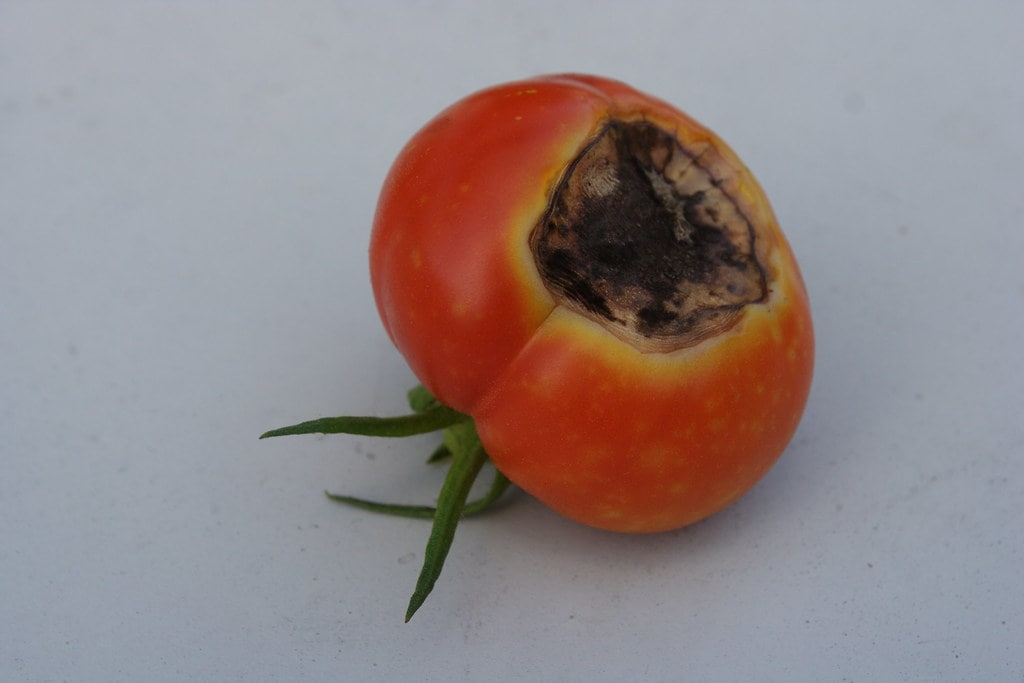When it comes to tomato flavor the list of delicious cuisines is fairly long. Besides, take a look at your favorite fast food, whether it is a hamburger, or delightful wrapped pizza, without a slice of tomato you can’t imagine the taste that can touch your palates.
Tomato’ Journey from Concern To Preference
Tomato farming has a tradition. While it’s usage in popular culture is ironic. In the late 1700s, a large percentage of Europeans were frightened by the tomato.
The fruit was termed as poison apple then because it was thought that some of the aristocrats fall sick and eventually died after consuming them. Although, the real reason behind the tragedy was the utensils of wealthy Europeans. These pewter plates have high lead content.
Also Read: Farming Orange for a Perfect Citrus
Since tomatoes are so rich in acidity, the fruit can leach lead from the plate when put on this specific tableware, resulting in numerous deaths from lead poisoning. At that moment, no one related this to plate and poison, and eventually the tomato bore all the blame.
Moreover, the tomato was not only criticized for lead poisoning. Before the fruit found its way to the table in North America, tomato is misunderstood as a lethal nightshade-a family of Solanaceae plants containing toxins called tropane alkaloids.
While as far as the use of tomato concerned, Italian started the use of tomatoes in their cuisines. And, mass migration from Italy to America in the 1800s made tomatoes famous in North American and since then tomato has been in the focus of flavors. It has come so far to be an essential vegetable from the fruit in our everyday cuisines.

Growing The Tomatoes
Tomatoes are subtropical plants and therefore need a maximum sun position. For the tomato cultivation, this is particularly important for growing areas to have sunshine at a premium.
Besides, the tomato plants need six to eight hours of daily sunlight to flourish. During the growing season, it needs to be sure to give sufficient room for the growth of each plant.
Apart from this requirement, the selection of the seed is the utmost variety as the market has thousands of varieties to choose from and some of them can suit your requirements better than others.
Determining the seeds
When it comes to picking a variety, hundreds of varieties are available. You can determine the right one based on some aspects.
According to the growth model.
You can discover the tomato seed based on the height of a plant. There are two types of plants at maturity.
1. Indeterminate or vining types – a tall plant
2. Determinate – a short bushy plant
It is better to choose based on your selection of area.
Based on fruit characteristics
These are taste, smell, color, texture, shape, etc. While yield is one of the most important aspects of a variety that is the priority that we need to focus
Growing area
Is your space outdoor or in a protected setting?
When the seed variety is concluded, it is high time the soil is prepared according to the correct seeding guidelines.
Preparation of Seedlings
Tomato seeding requires a slightly hot environment, especially in indoor conditions. The proper time for tomato seedling is in late February to early March. And, seeding in tomato farming needs the well-mixed compost that can be warm up to the 22 degree celsius. It’s rational that a young seedling will keep warm until the start of the summer with a bit of warm compost.
You can seed at a very short distance often known as sort seeding and will require at least two cubic feet of soil.
Tomato seeds are quite small so you won’t see them again if you grow them too deeply. The tomato seed planting depth should about a quarter-inch, partially filled with a moistened potting mix.
Besides, you can sprinkle 2-3 seeds into the trench and cover them with a mix of potting. Strengthen the blend gently so that the seeds go enough deep into the soil. If it doesn’t sound wet enough, you should spray the surface with water.
Nurturing the Tomato Seedling
You will wait for the plant until a seedling has real leaves. Now it needs better treatment for the young plant. It’s the best moment to continue feeding. At this time, the sunlight is critical and always requires putting the seedlings under sufficient light exposure.
When they are about 6-8 inches high, the seedlings get the first truss flowers. Now, it is time to prepare compost or rusty manure.
Preparing The Soil
Tomato farming is seasonal, especially for warm weather and better suited on well-drained, fertile soils.
A sloping surface approx two percent is desired for early production with sufficient sunlight in place.
In some cases, it is feasible to also grow tomatoes on pots or containers, whereas in personal usage or a hobby it is favored.
This method needs more intense feeding due to the restricted root area.
These plants must be drained better, besides plants like tomatoes need to have enough area. If you choose to grow into pots, selecting a well-drained big pot, at least 30 cm tall with a regular potting mix is ideal.
It’s best to change the soil before growing them again. It has been noticed the or soil pests and root diseases can be a serious problem.
Soil Requirements
Before you grow in the field, make sure that during winter, just before you plant, you put in plenty of compost or manure as an overall fertilizer.
In the case of tomatoes, fertile land is the base for every good harvest. Prepare the soil with a ton of rotting waste and a complete wheelbarrow on 3 square meters.
In case of sowing into pots. The number of seedlings should be two and keep in mind they need to be irrigated and cared more as compared to others.
Transforming and Planting a seedling
The tomato planting distance should be about 18 inches apart, leaving 30 inches between the rows.
A good plant up to 2 meters high can produce hundreds of fruits while consuming a relatively small size.
As a young tomato plant has been sown in well fertile and nutritious soil. Now it is time to look after these plants.
Nurturing the Plant for Tomato Cultivation
A complete nutrient solution with trace elements (especially in case of use of artificial mixtures) should be provided to transplants at weekly intervals.
They can also be fed with water using a diluting nutrient solution
The latter approach has the benefit that the fertilizer is supplied more according to the needs of the plant: more in hot, warm days; fewer in cool cloudy days.
In each case, following the instructions for feed quantities on the fertilizer label. A fertilizer where the bulk of nitrogen is nitrate instead of ammonium and urea is better than the others.
The issue with the Tomatoes
1. Blighting
Tomato blight spreads fast, leaving a visible brown patch all over the surface, especially with outdoor plants. This is a common problem caused by wet weather. It not only ruins plants, but they also eat the crop.
The moist environment offers perfect environments for early fungal diseases, which first develop dark spots on the bottoms. Make sure any bad or ill leaves are collected during the season.
The substantial fungal disorder is more destructive and destroys plants fast.
It needs spraying the plants with a fungicide, such as chlorothalonil or copper, to shield them from fungal disorders.
2. Fruit Splitting
Tomatoes with certain strains that are more likely than others to have issues commonly caused by irregular watering. This problem in tomato farming should be fixed by more frequent watering.
3. Pest and insecticides
Search for green and whitefly, as both will spread. As soon as you notice pests, spray your plants with a recommended insecticide.
Tomato has a significant effect of such incidence while it directly hampers the yielding
Finally a Fruit full Cultivation
Tomatoes continue to develop their color changes, with a subtle pink or yellow blushing, from bright medium-green to light shade. The exact ripeness indications differ with variety, but usually fully mature tomatoes have a dark color.
Can okra and tomatoes grow together?
Finally, tomatoes and other vegetables are a great food source for stink bugs. Planting okra near the tomatoes draws these pests away from your other crops.
Must Read: Planting and Growing Okra Step by Step
Companion planting strives to boost harvests by situating plants that have symbiotic relationships. Used for centuries, selecting the right companions for tomato cannot only reduce pests but also provide a haven for beneficial insects, boost pollination, enrich the soil and in general diversify the plantation – all of which will produce healthier plants that can fend off disease and produce bountiful crops.
Conclusion
Once done with the plucking the proper ripe tomatoes. Last but not least for tomatoes farming is storage. The cooler temperatures will minimize flavor and induce sluggishness in a refrigerator is not to be advised. Although lower temperatures will allow the fruit to stay



